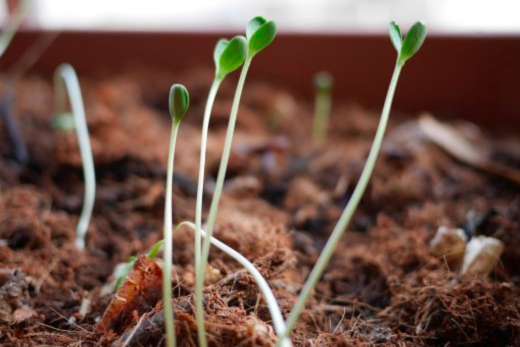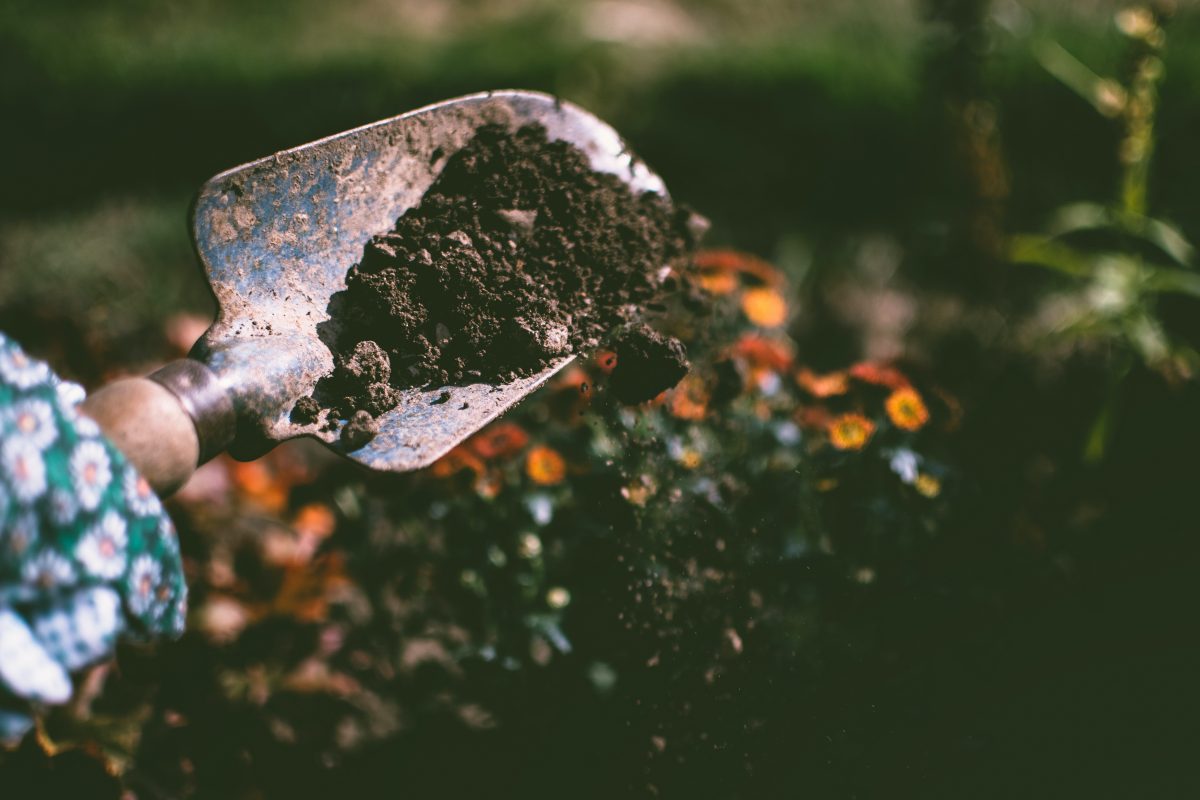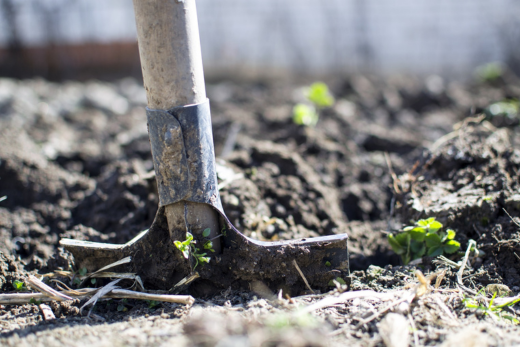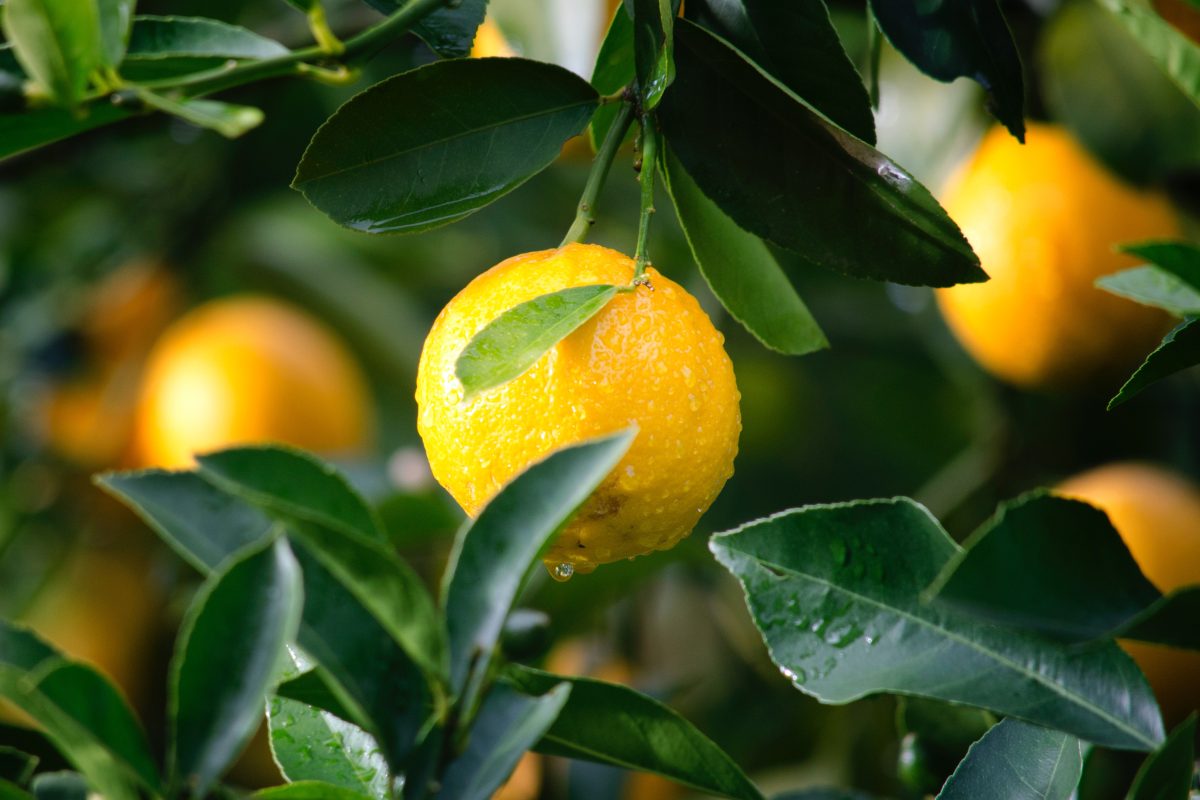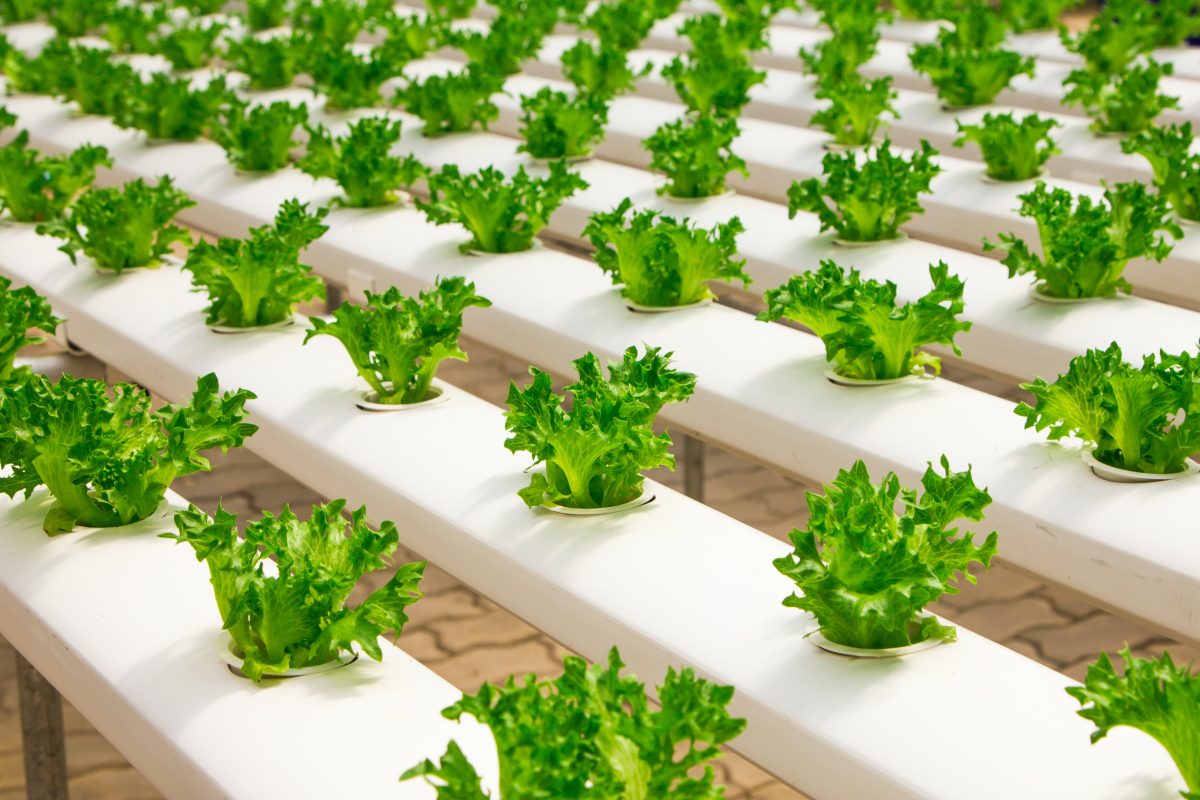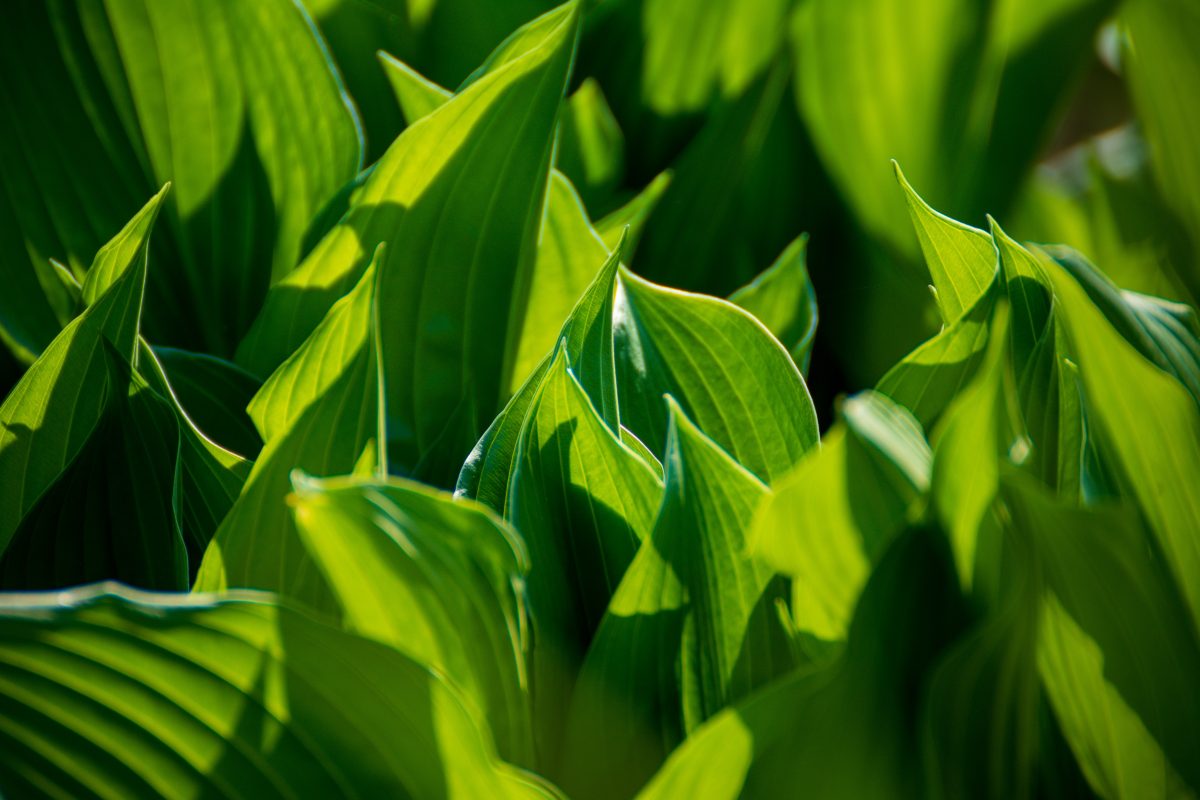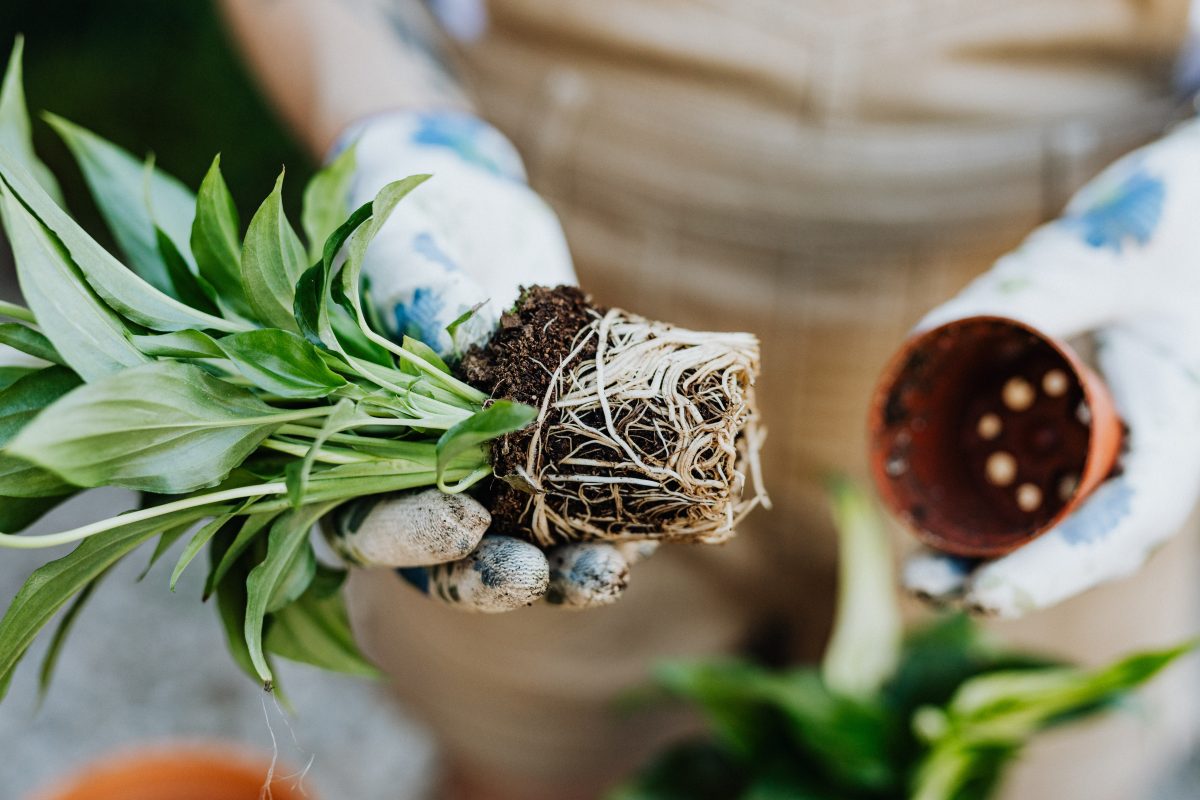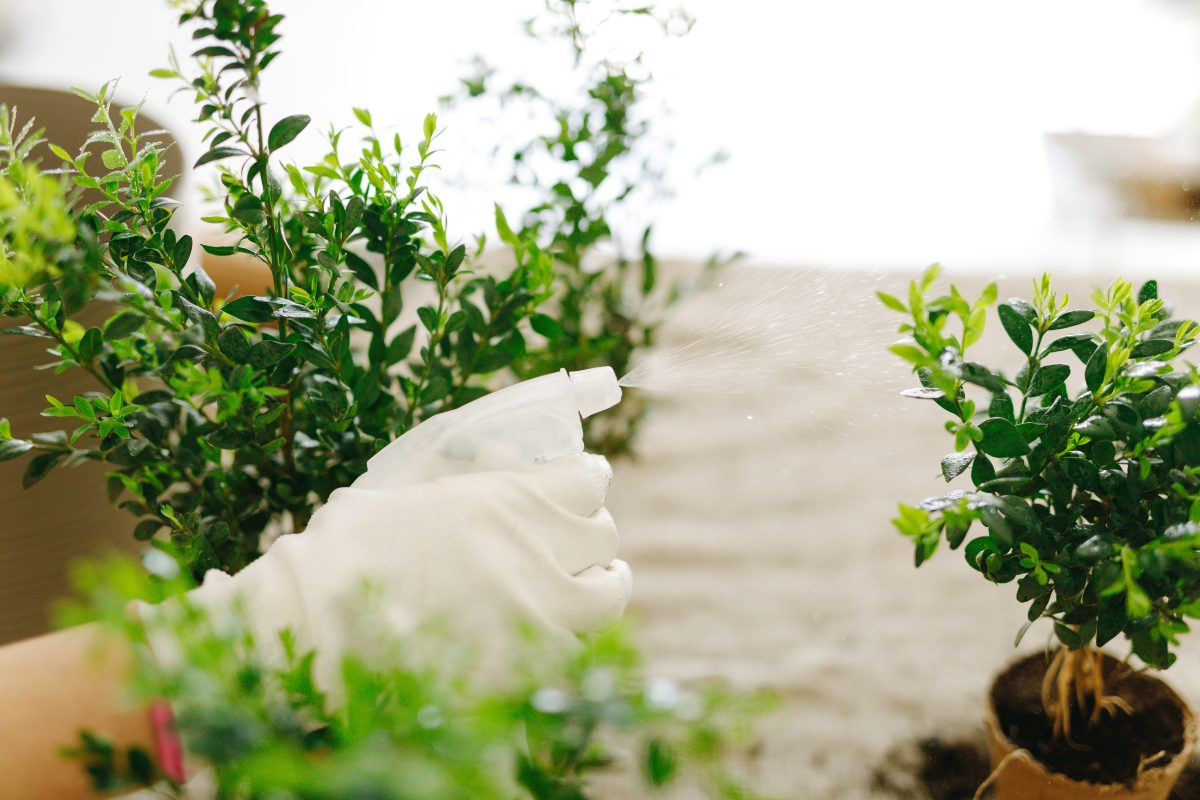A frustrating and perplexing problem for gardeners is noticing that your tiny seedlings are starting to lean or fall over. Healthy seedlings are the foundation of a successful garden, and if they are falling over, it could be a sign of a serious issue.
In this article, we will explore the common causes of seedlings falling over, or leggy seedlings. In particular, you’ll learn the health issues and the effects this can have on the productivity of your adult plants and how to prevent or fix this common problem when it arises in your seedlings.
What Are Leggy Seedlings?

Leggy seedlings is an affliction that most gardeners have had to deal with at least once.
It’s when your young plants have long, weak stems and few leaves, giving them a spindly or stretched-out appearance.
This condition is also known as “stretching” or “etiolation” and is an incredibly common problem among seedlings grown indoors or in low-light conditions.
These seedlings are basically starving and not storing enough carbohydrates.
Leggy seedlings can be caused by several factors, including:
Lack Of Light
Your seedlings need plenty of light once they’ve germinated to grow strong stems. If they don’t receive enough light, they will stretch towards the nearest light source, resulting in those long, weak stems. Overcrowding in seed pots will also cause competition for light and legginess.
Improper Temperature
Your seedings also need the right temperature to thrive on their own. Not only for initial germination but also to grow properly. If the temperature around the tiny plants is too warm or too cool, they may grow leggy as they try to adapt to these improper conditions.
Too much heat causes a burst in growth leading to legginess. The stems then grow faster than the leaves.
Overwatering
Seedlings only require moist soil to grow. Much like your adult plants, too much water is not only counter-productive but damaging. In the case of your seedlings, too much water can lead to overgrowth with weak stems resulting in seedlings that fall over.
Poor Soil
If you don’t provide those growing plants with the correct nutrients, it can cause them to grow weak and spindly.
Genetics
Some plant varieties are more prone to legginess than others because of their genetics.
Effects Of Leggy Seedlings
It’s not only about looking weak and not standing up straight.
Leggy seedlings can have some negative effects on the health and future productivity of your adult plants.
Plants that don’t get enough to eat can withstand the hardships outside like wind and intense sun.
They’ll have a hard time surviving transplanting.

Here are the main effects of leggy seedlings:
Weak Stems And Root Systems
Weak stems mean you have a plant that won’t be able to support the full weight of the plant as it grows. This means that your grown plant will be more prone to bending, breaking, or falling over. Additionally, weak stems often indicate that the unseen root system is also weak. This can impair your plant’s ability to absorb nutrients and water from the soil.
Susceptible To Pests And Diseases
Leggy seedlings are already weak meaning that they are more susceptible to pests and diseases. They have less foliage to protect them from insects and fungal infections. Weak stems and root systems make it easier for diseases and some pests to gain that important foothold in the plant.
Prevention Of Leggy Seedlings
Proper care and attention are all that’s needed to prevent and treat those poor leggy seedlings.
Light
By providing proper lighting you won’t have little seedlings stretching themselves thin trying to find some sun. Seedlings need plenty of bright, direct light to grow those strong, healthy stems and leaves. Place your seedlings near a south-facing window or under proper grow lights to make sure they get enough light.
Adequate Space
Thinning out your seedlings as soon as the secondary, adult leaves sprout will also make sure they don’t start to fight for light due to overcrowding. Not only will crowded seedlings compete for light, but also nutrients.
Temperature
If you make sure to keep your seedlings growing in a room that maintains a temperature between 65- and 75-degrees F during the day and a little cooler at night will ensure they don’t get that burst of growth in the stem that causes legginess. Keep in mind that while your thermostat may say the room is good, if you’re using a grow light, that will provide added heat for your seedlings as well.
Water
Water your seedlings only when the soil feels dry to the touch. Like many adult plants, try to keep the water to the base of the plant and not on the leaves. An even better way to make sure you’re not overwatering your seedlings is to invest in a wicking system. With this system a tray holds the water underneath the seedlings and your seedlings soak up the water they need and that’s it.
Quality Soil
Using high-quality potting mix or garden soil will make sure that your soil is well draining and full of those nutrients for strong plant growth. Providing adequate nutrients will make sure your little seedlings don’t starve.
Treatment Of Leggy Seedlings
If your seedlings have already become leggy there’s only so much you can do. If they’re so limp that they can’t stand up on their own, the best thing for you may be to toss them and start over, but if they’re still standing here’s what you can try:

- Bury the stems of your leggy seedlings deeper into the soil. This encourages the plant to produce new roots and grow stronger. This will only work with plants that have what’s called adventitious roots like tomatoes, eggplants, and peppers.
- Transplant your seedlings into larger pots and give them more space or move them outdoors.
- Prune back the top of the plant, if possible, to encourage new leaf growth and branching in better conditions.
- Provide support by staking them upright.
- Trigger thigmotropism or simulating environmental stresses. Put a small fan near the seedlings and give them a gentle breeze for a few hours. You can also gently touch them with your hands a few times a day.
Conclusion
Healthy seedlings are the foundation of a successful garden, and by taking steps to prevent and treat leggy seedlings, you can ensure that your plants are strong, productive, and resilient. So don’t give up on those leggy seedlings just yet – try out LightlyBloom’s Seed Starter Kit and with a little care and attention, you can help them grow up into healthy, thriving plants.

